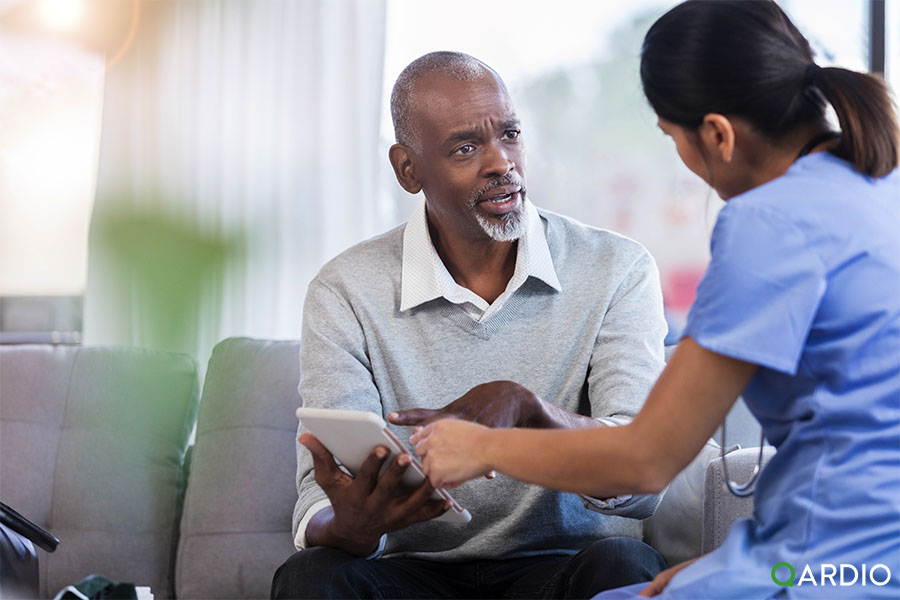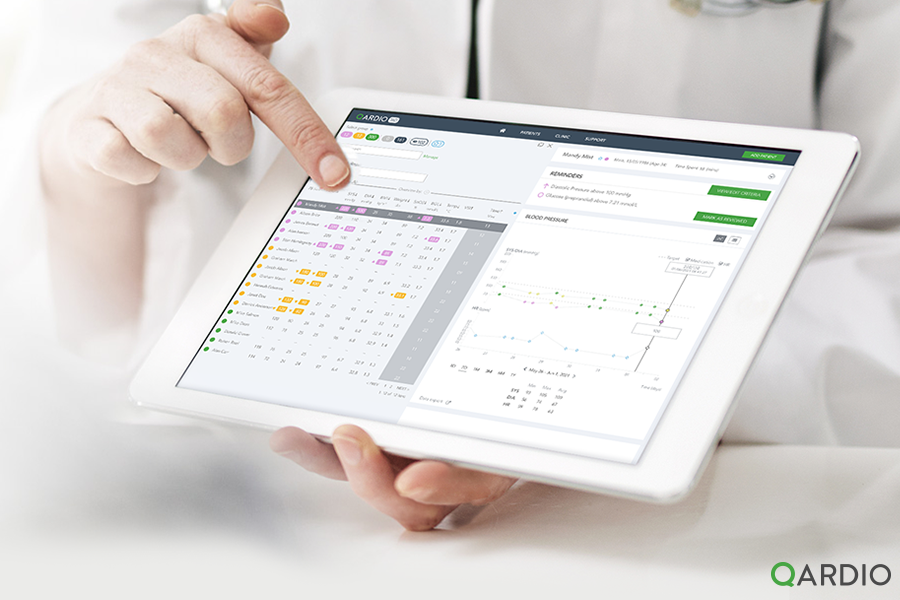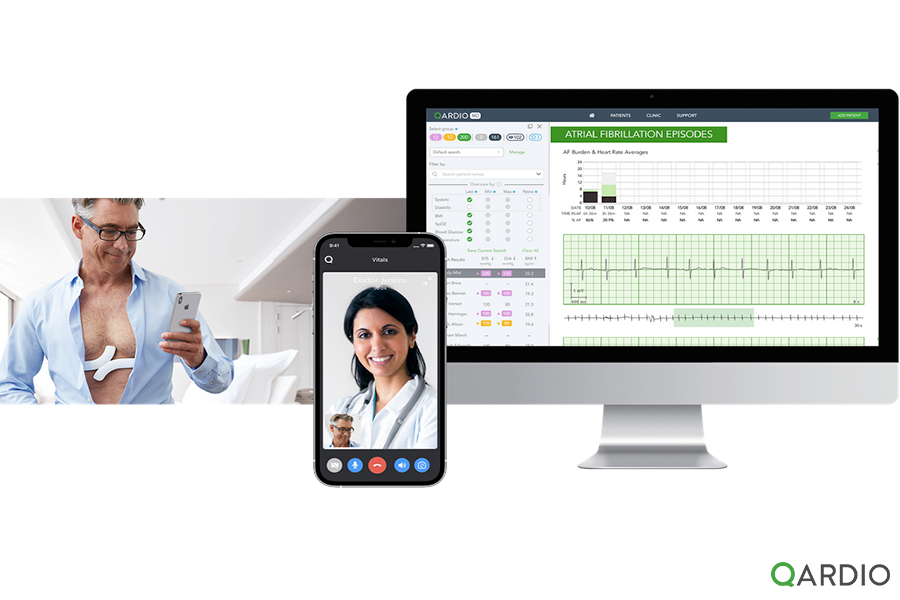10% of Americans are estimated to have diabetes, and 1.5 million are diagnosed each year. We look at the growing role of technology for people with diabetes and doctors, making it easier for people to manage their condition.
Blood glucose testing – with either a blood glucose meter or a continuous glucose monitor – is an important part of diabetes care, and an area that continues to grow, with the number of US adults diagnosed projected to nearly triple to over 60 million by 2060. So how does this impact the healthcare professionals delivering care?
By monitoring patients remotely, care management can be more personalized by doctors who are more able to react and respond to real-time data. As Dr. Dilraj Kalsi, a London-based doctor focused on lifestyle medicine and change explains, “Currently diabetes patients see their doctor every 3-6 months. By seeing blood glucose readings at arm’s length, I can see who is controlling it well, who needs to come and see me, and who needs more education. Digital tools facilitate a snapshot view of how a patient is doing and give the means to create more appropriate care for the individual.”
What is the impact on the patient?
Not only does remote monitoring help doctors respond more effectively to each person’s needs, but the visibility can encourage patients to take more responsibility for their own health. “With blood glucose, there is a lot of power from post-meal readings where the patient can see and understand themselves how their body is responding to particular food groups,” says Dr. Dilraj.
Patient activation
Tech activates diabetic patients to more closely manage their condition, empowering them each day to take action, not just when they visit their doctor. Dr. Diraj agrees, “We are now in an era where digital healthcare can bridge the gap to wellness because so much more can be done daily. For example, making different lifestyle choices can help reverse diabetes, but this needs to be facilitated by an ongoing dialogue between healthcare professionals and their patients. Technology makes this possible”.
How do you motivate your patients to use the technology?
It’s important not to make assumptions about the digital capabilities of the aging population. In Dr. Dilraj’s experience, you have to be open-minded: “It’s all about context. I’ve found that if a patient understands why you are asking for data, the issues fall away. If you can say with confidence to a patient how it will work, this will influence how well it is received”.
Once adopted by people with diabetes and doctors, remote patient monitoring can have a profound impact on the management of their condition. “It’s important for people to remember that diabetes is reversible. The evidence base for this is strong and continues to grow. As long as a doctor is involved to ensure safety, people should be encouraged to make changes to their lifestyle that could make a difference”.
QardioMD now includes blood glucose monitoring so doctors can access readings from diabetes patients with both smart glucometers as well as non-connected meters. To learn more about how RPM with Qardio works, speak with a product expert here.
With thanks to Dr. Dilraj Kalsi of Hippocrates Lounge, London for his input.


